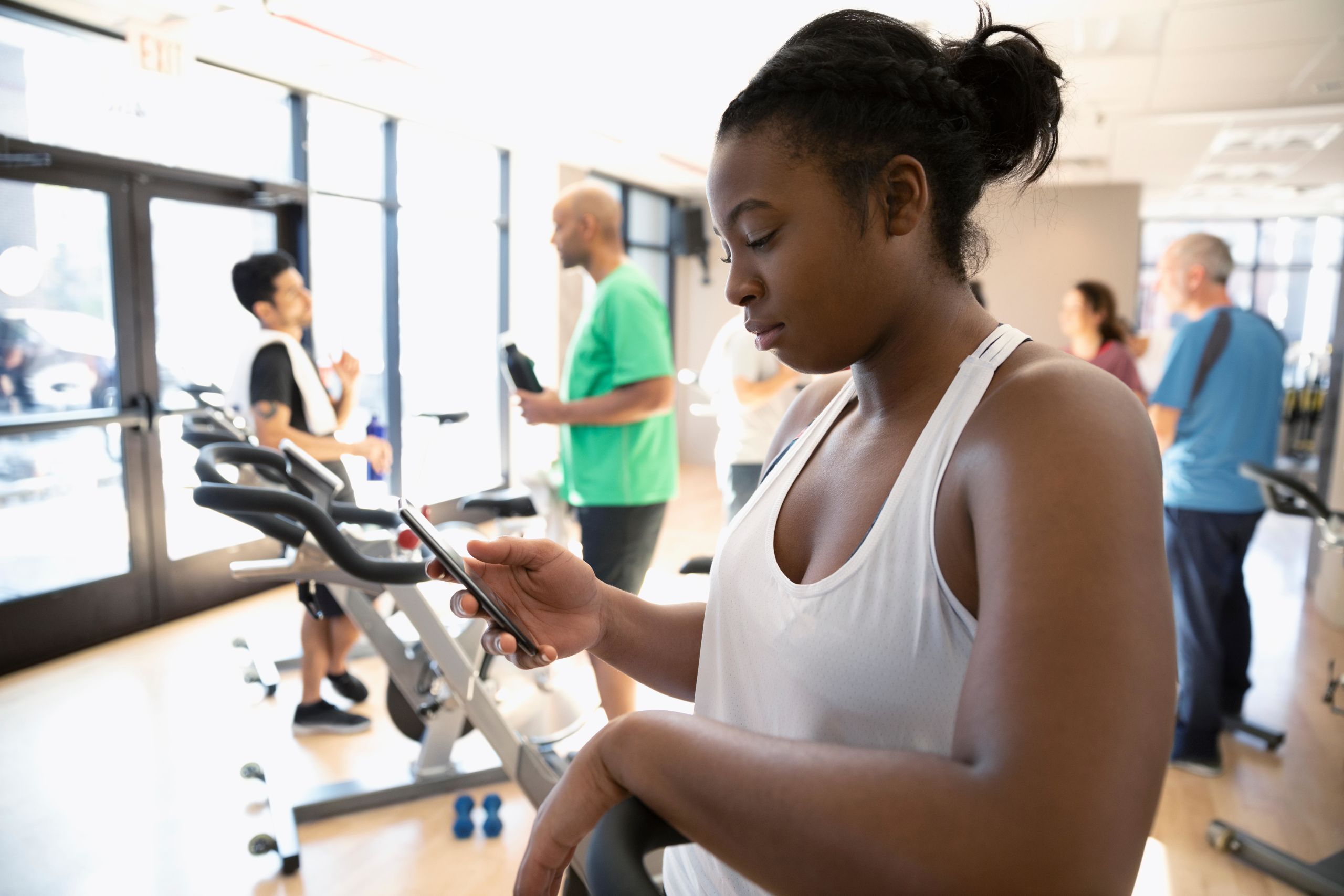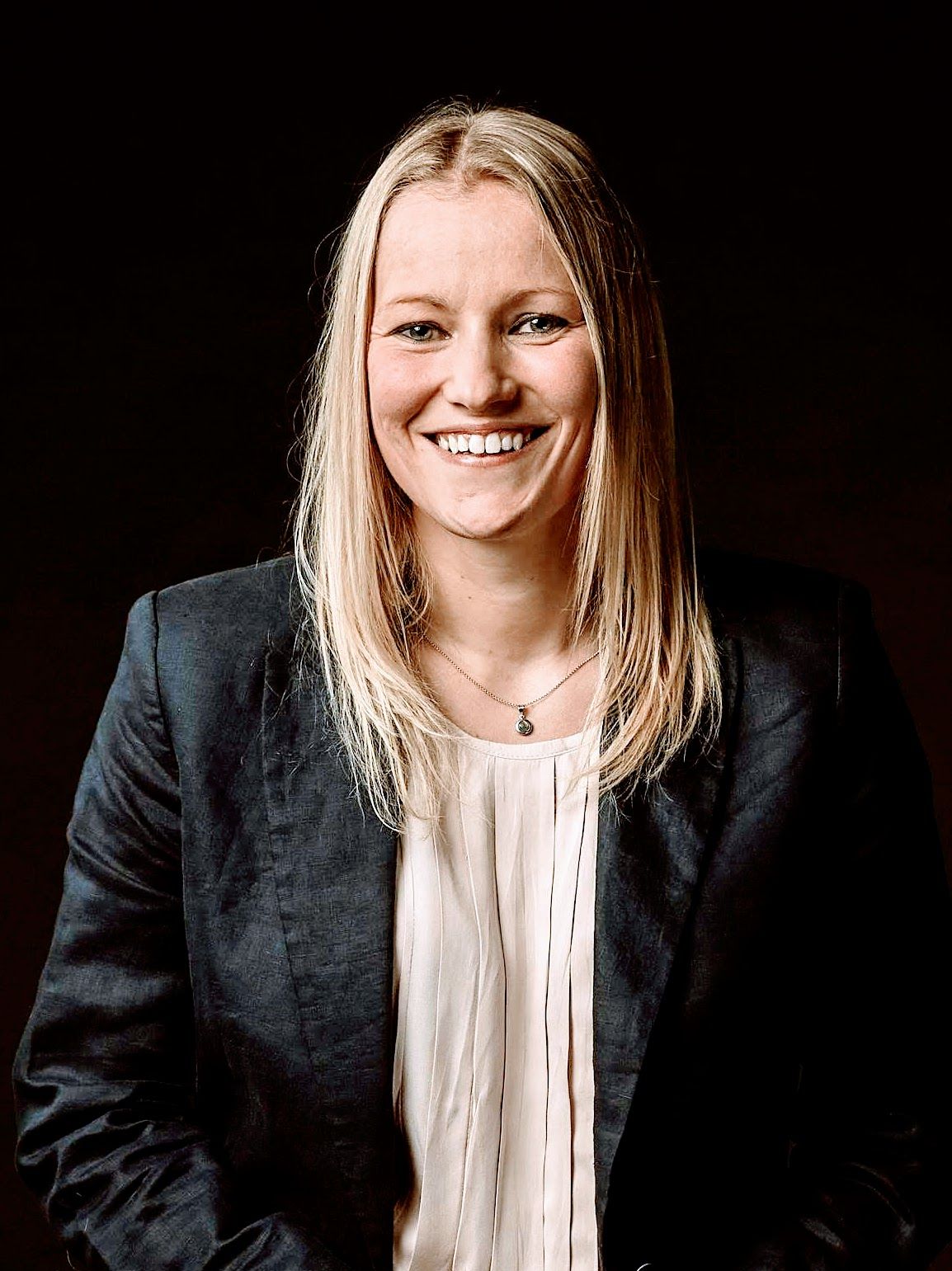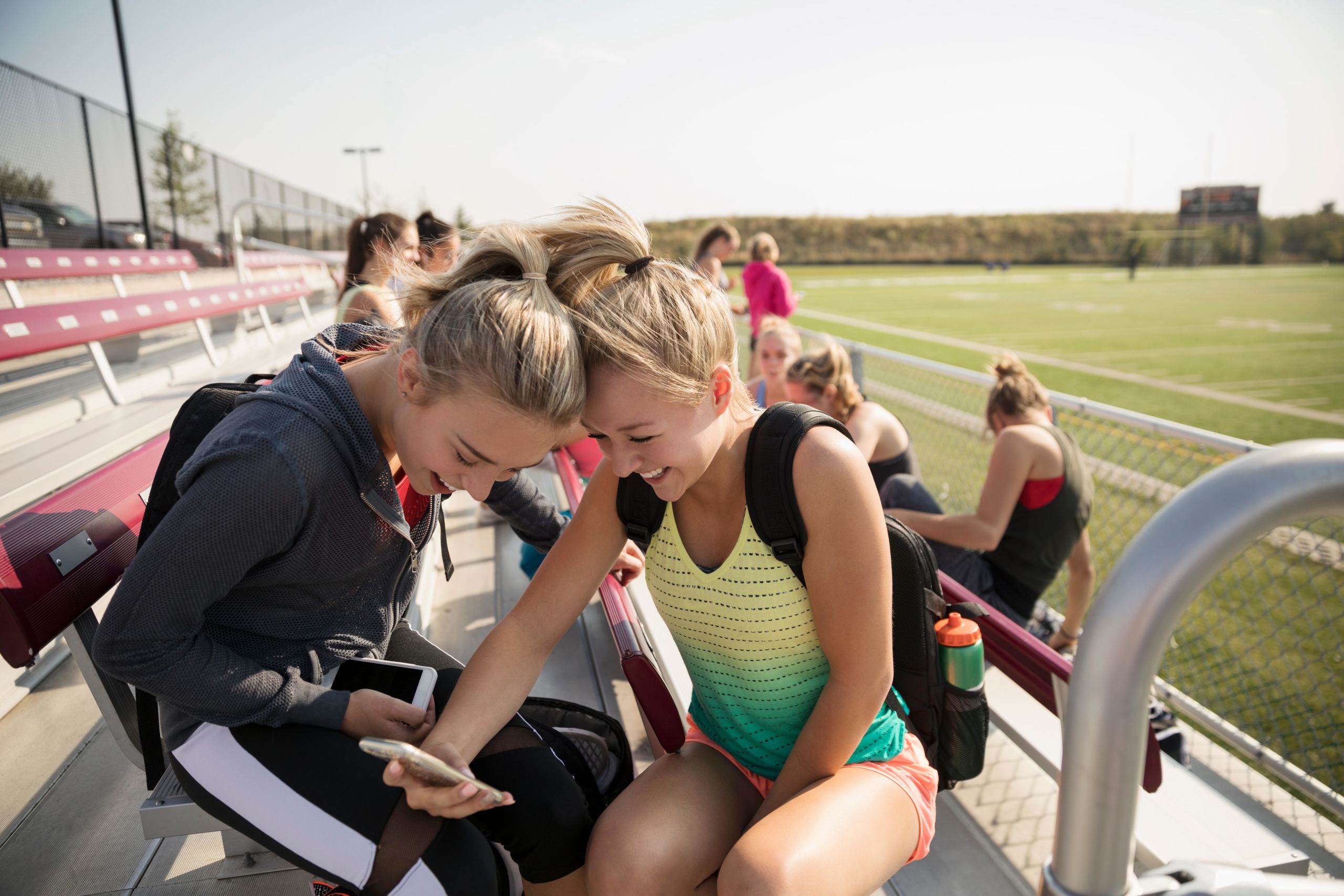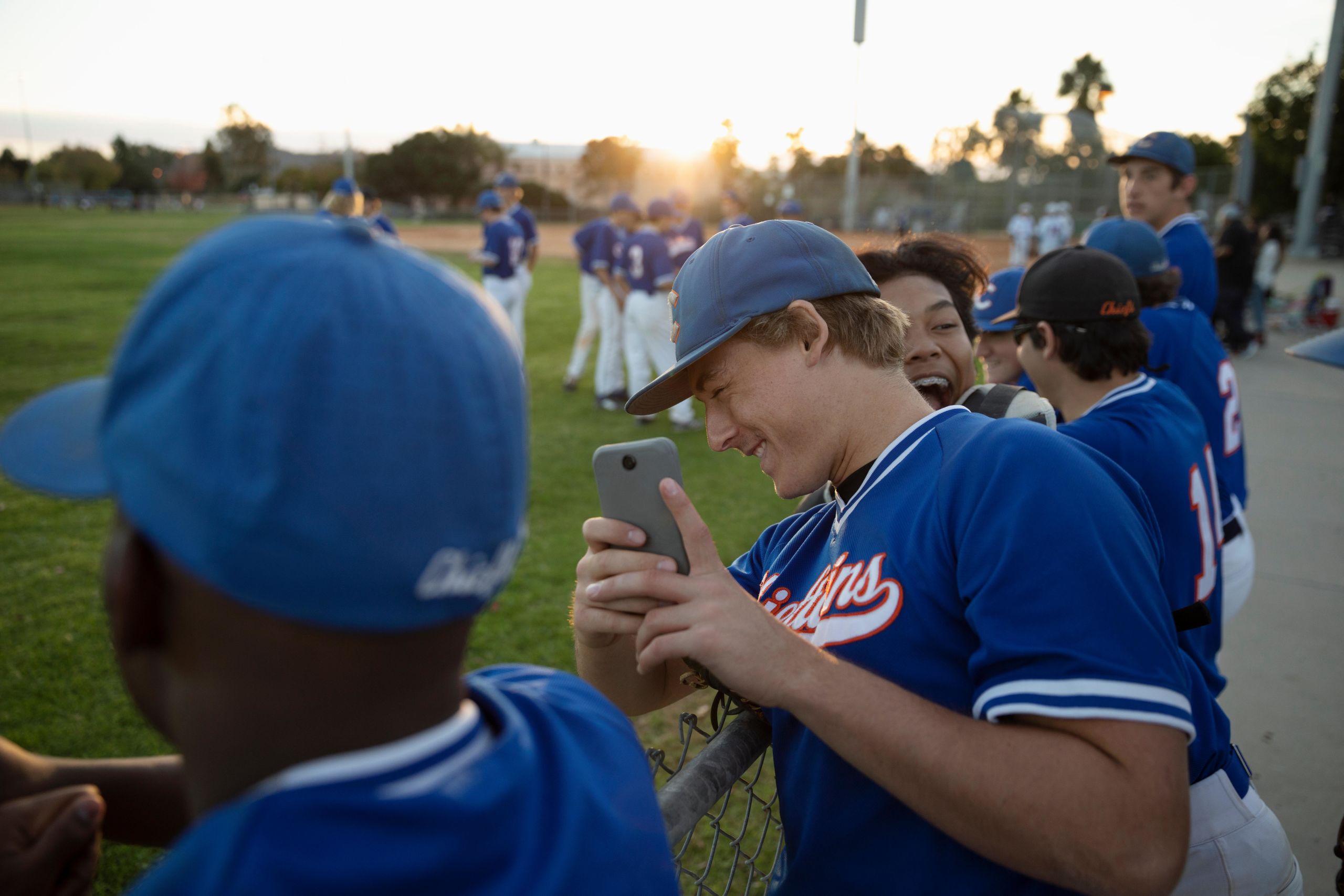Social Media and Young People's Health:
Are Alarmist Narratives Wrong?

Young people are spending an increasing amount of time on social media. A recent Brigham Young University study, for instance, found that teenagers spent 2.6 hours a day on social networking sites in 2018 a 62.5 percent increase since 2012. Globally, Generation Z, the first cohort in history to never have known a world without the internet, spends 2.5 hours[i] on social media per day.
This behavior has prompted a chorus of concern among parents, teachers, governments, and health organizations about potential negative health impacts, from a rise in anxiety and depression levels to an increase in sleep disturbance and more sedentary lifestyles. More extreme worries include the potential for such platforms to enable the sharing and even glorifying of images or content about self-harm and suicide, and the spread of disinformation like anti-vaccination propaganda. England’s chief medical officer, Sally Davies, argued that social-media companies have a duty of care to keep children safe online. The American Heart Association has called for a drastic cut in children’s screen time.
But focusing on reduced screen time fails to account for variations and nuances in how young people behave online, and the possibility that they use social media to seek out health-related information and to nurture healthy behaviors from exercise to diet. It assumes that young people are unable to critically evaluate information and swipe past any that might be harmful or inaccurate.
[i] World Economic Forum – Social Media Use by Generation, October 2019


Victoria Goodyear, senior lecturer in pedagogy in sport, physical activity, and health at the University of Birmingham
Victoria Goodyear, senior lecturer in pedagogy in sport, physical activity, and health at the University of Birmingham
In order to explore how young people use social media and apps from a health and well-being perspective, Victoria Goodyear, senior lecturer in pedagogy in sport, physical activity, and health at the University of Birmingham, led a study published in 2019 based on in-depth participatory, mixed-methods research, combining class activity, focus groups and a survey. The findings reveal many important benefits.
Over 10 months, Goodyear studied the opinions and behaviors of 1,296 young people ages 13 to 18 in England, including how they respond to different forms of social content, from ‘likes’ and ‘shares’ to the networks’ algorithmically generated suggestions. Goodyear and her co-authors looked at how young people differentiate content from sources like sports associations, sports brands, and athletes versus celebrities, and whether they identify questionable content like fad diets or body-builder transformation products.
Over half (54 percent) reported using social media to access health information on topics like food intake, sleep, exercise, and body image, and nearly half (46 percent) had changed their physical activity, diet, or body-image behaviors as a result of content from social media. “We’ve found some young people can become more motivated and increase their physical-activity behaviors,” says Goodyear.
“One of the most powerful forms of content is from peers. If young people see other people the same age doing exercise, they are more willing and likely to engage with it,” she says. A sizable number (one in four) created their own social-media content in the areas of physical activity (9 percent), diet/nutrition (4 percent), and body image (6 percent).
Young people were also discerning about content relevance and quality. Official organizations, such as government agencies and sports bodies, had the strongest influence on changing health-related behaviors. Athletes were viewed as a credible source of information while celebrities were not. “We assume young people are just going to absorb the bad impacts of social media, whereas actually, they are able to make decisions for themselves about what they want to use,” says Goodyear.
That should not, she adds, rule out the possibility of social media enabling obsessive monitoring behaviors over extreme diets or exercises and heightened body dissatisfaction in some young people. “The challenge is finding the tipping point when young people move from being in control of technology to it controlling them. That is where the power of algorithms and peer pressure start to take over,” says Goodyear. “If young people were already vulnerable, if they already had issues around well-being, body image, or low physical-activity levels, technology can potentially make them more vulnerable."
These empirical insights can help adults better understand the risks and benefits of social media and digital technology to ensure their responses are appropriate. Goodyear and one of her co-authors, Professor Kathleen Armour, pro-vice-chancellor at the University of Birmingham, are now taking this research into schools. They have created evidence-based workshops and lessons for young people and teachers, piloting in collaboration with national and international charities and organisations, as well as Google.
Goodyear has contributed evidence to the United Kingdom’s Science and Technology Committee, which scrutinizes government policy, and the All-Parliamentary Group for Social Media, which is working to mitigate the negative impacts and maximize the positive effects of social media for young people. She has also produced guidelines to better equip adults to support young people in the online sphere. Her goal is to ensure that adults who have responsibility for young people are themselves digitally literate and able to differentiate when young people are in control of technology — and when it begins controlling them.




